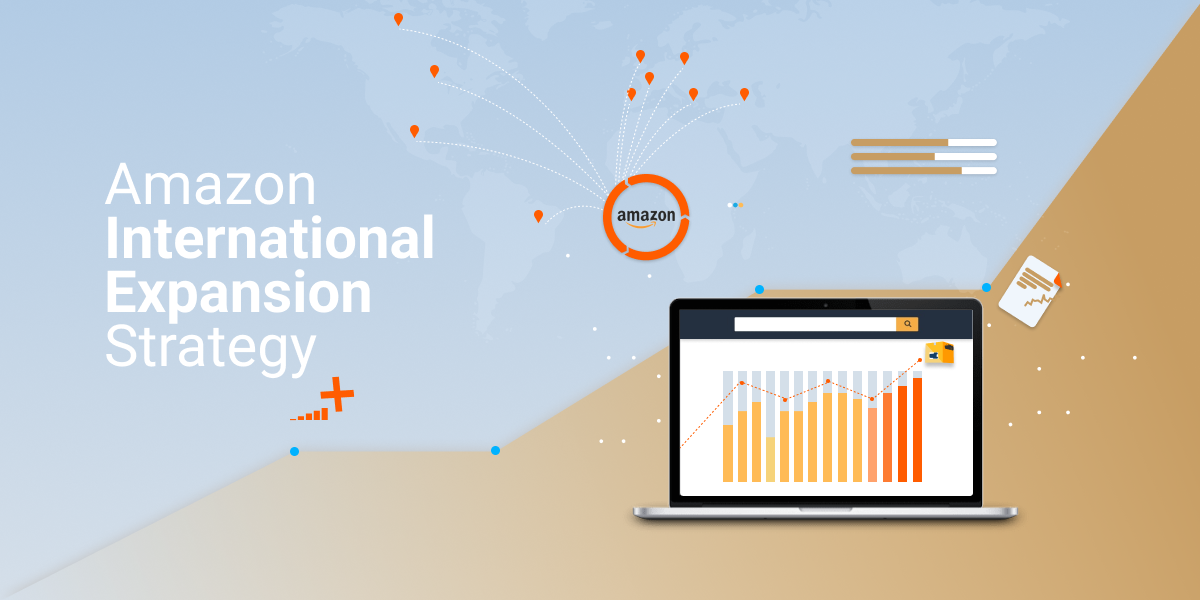
Sellers across the world are discovering the power of selling on Amazon Europe and establishing an Amazon international expansion strategy. It is a marketplace filled with opportunities. Though Amazon isn’t present in every European country, you can sell in all 28 EU countries when you sign up in one country.
Amazon’s logistics systems enable easy product fulfillment, and Amazon tools are there to help. Still, there is a lot to take care of before you move into Europe.
Any seller can sell their product on the Amazon EU market, but it takes some upfront knowledge and preparation. Before you launch your Amazon international expansion strategy, you will have to get to know the market.
Every country will have its health and safety laws, environmental legislation, tax laws, and accounting procedures. If you want to stay out of trouble, you will need in-depth knowledge of what they are. Alternatively, you will have to consult with experts in these countries.
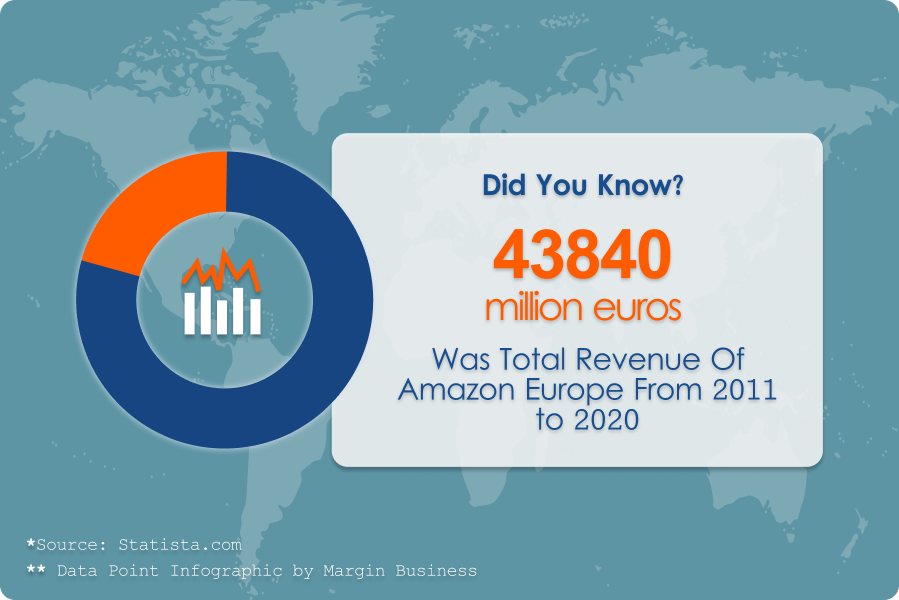
You will also have to translate all your Amazon listings of every country where you’re listing. This is an Amazon requirement.
Your sales depend on attracting the attention of buyers looking for products like yours. Unless you optimize your listings, you will lose business to your competition.
Entering new markets is never easy. If you choose the right partners to help you with your launch, you will reap the benefits. The European markets have millions of customers already buying from Amazon.

Get started with your Amazon international expansion strategy with this step-by-step guide to selling on Amazon Europe.
1. European Marketplace Selection
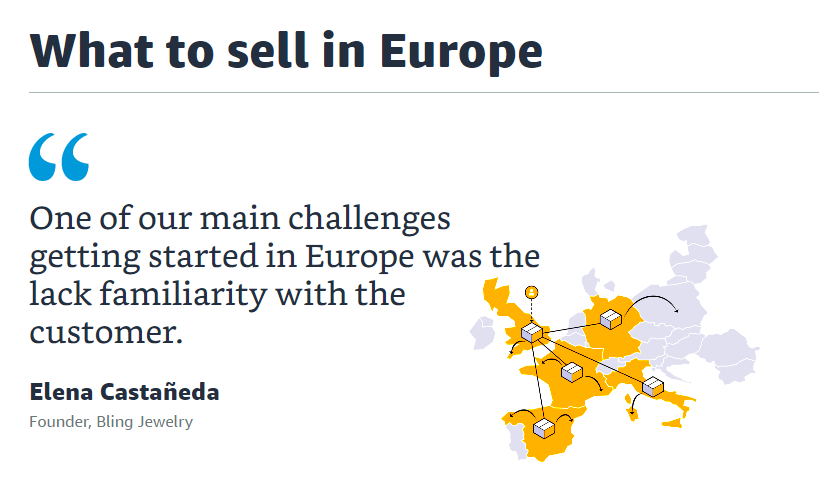
Amazon is present in the UK, Germany, France, Italy, Spain, Poland, Holland, and Sweden. Many sellers sell from just one of these countries. If you decide to sell from more than one country, you’ll have to choose one to serve as the base from which you work.
Before you decide which one to call home, you should ask yourself the following questions:
- Where will the highest number of sales take place?
- Where will you achieve the biggest benefits when it comes to tax and order fulfilment?
- Which is the easiest country to start your Amazon international expansion strategy. To answer this, you’ll have to do some competitor analysis. The market size and the number of sellers already in the market should help in your quest to find the best market.
The United Kingdom was always the destination of choice. Then it left the EU. Since then, sellers with a presence in the UK and the EU have had to keep inventory on both sides of the channel. They must pay tax in all the countries where they have inventory.
Since Brexit, Germany has become popular as a European base. It boasts the most prominent Amazon market in the EU. Since many Germans speak English, it is easier to operate from Germany than from many other European markets.
2. Know The Legal Requirements
Every EU country has its own set of legal requirements. These include:
- Tax laws
- Health, safety, and environmental legislation
- Accounting and administration
- Consumer protection
- Customs regulations
- Intellectual property laws
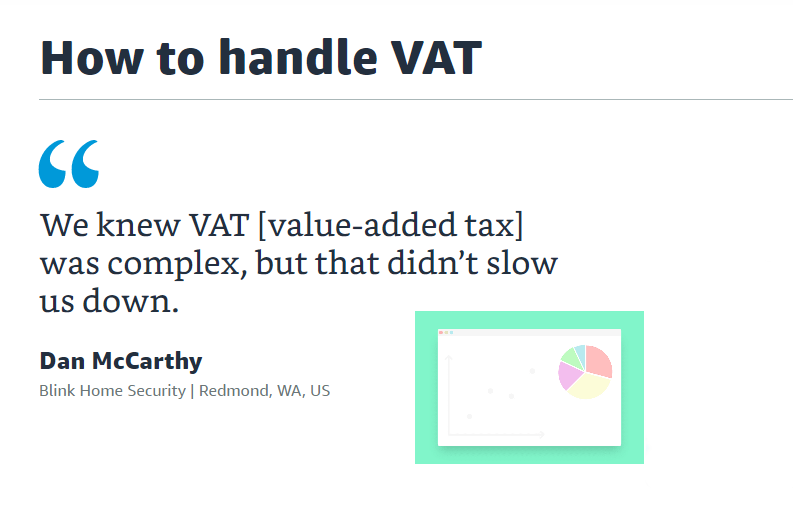
You have to know these laws or find yourself in trouble. Before you even start, speak to a lawyer specializing in business on an international scale. Accountants and freight brokers can help with the accounting, tax, and customs regulations.
If you can’t afford consultants, you will have to investigate the rules and regulations in the countries in which you plan to sell. You can get some of this information from Amazon Seller Central.
3. Investigate Amazon’s Fulfilment Options
Amazon offers the following European options:
- Fulfilment by Merchant FBM
- Fulfilment by Amazon
- European Fulfilment Network EFN
- Pan European FBA
- Multi-Country Inventory MCI
FBA is the best choice for start-up sellers. Once you have had the time to consolidate your business and learn the ropes, it may be time to find a dependable distributor. A change to FBM could save you money. You’ll lose any advantages you enjoyed from Prime on Amazon when you stop storing your inventory in Amazon warehouses.
FBM Fulfilment
You’ll need a third-party warehouse and a distributor if you elect to use FBM. You could choose from a European country or your current location.
Each has disadvantages:
- Shipping from Europe using FBM saves money, but you no longer benefit from Amazon’s Prime listing. You will also have to find a distributor in Europe to ship your products.
- It may be easier to ship from your current location, but it will cost you. Shipping costs will be high and customer service may suffer as your goods will have to go through customs when they cross into Europe.
FBA Fulfilment
When it comes to FBA fulfillment, you have three options.
1. European Fulfilment Network
You ship to a single destination when using the EFN. Amazon distributes your products across Europe from that warehouse. The advantage of EFN is in its simplicity, and you can apply for a Prime listing.
2. Pan European FBA
Let the experts manage your order fulfillment if you want to ensure the best customer service. When you choose Pan-European FBA, you still ship to one destination. Amazon will use forecast demand to send your products to the warehouses closest to the customer. You save on cross-border fees.
3. Multi-Country Inventory
If you aim to offer the best customer service and save on cross-border fees, then MCI is your best bet. Under this scenario, you’ll keep stock in more than one country. This system gives you more control over all shipping and inventory management.
4. Register For VAT And EORI
You will have to register Economic Operator Registration and Identification or EORI before you can import anything into Europe. No matter how you distribute your goods, you must also register for VAT VAT is payable as soon as your goods move into Europe.
You will need a VAT number in every country in which you sell. The various countries in Europe have different VAT rates. It is best to use a local accountant for your VAT submissions.
5. How To Price Your Product
The pricing of the goods sold on European markets must take account of the additional expenses. Transport and order fulfillment costs are higher. You may also have to pay customs duties. It would help if you recovered all costs and still price your product competitively. Remember to include VAT in the price.
6. Payment Option Selection
If you’re selling on Amazon, you’ll need a payment option. You can choose an online app or use a payment option from Amazon Amazon pays sellers’ funds directly into the selected bank account if you use Amazon payment tools.
7. Language Issues
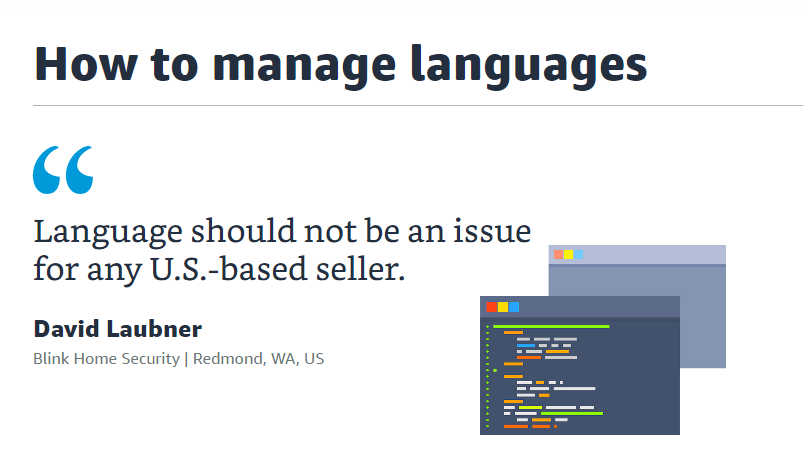
You have to translate all your listings into the country’s language where you plan to sell. Translating listings is an Amazon requirement. Don’t be tempted to use Google translate. Native speakers will notice, and it could cost you sales. Consider using Margin for this task.
Margin is a third-party translation service that hires local people to translate and optimize your listings. Make the best of your listings by using local knowledge.
You will also have to decide what to do about the customer service and queries. If you use FBA, Amazon will handle this for you. Amazon offers round-the-clock telephone service in the language of the caller.
If you’ve chosen FBM, you may have to employ a third party or your staff to look after queries in the countries you sell.
8. Optimize Your Listing
You have now reached the point where you can list your products on Amazon Europe. Your Amazon international expansion strategy should include a plan for optimizing your listing. You are selling on one of the most competitive online stores globally.
Having done all the preparation, you will want to ensure that you come to the attention of eager buyers. The only way to ensure that Amazon presents your product to buyers when they search is to use the correct keywords.
Keyword research is essential. You must use local people to optimize your listings. Only local people will know the colloquialisms and common search patterns that local people use.
Without optimization, you’ll miss opportunities. Buyers will find competitor products before yours.
Margin employs translators and SEO experts across Europe. We know the importance of native language optimization. Our team of translators has worked for us for years. They take a keen interest in our customers and will do their best to get your product on page one of Amazon. Give us a call, and we’ll optimize your European listings.
Your Amazon International Expansion Strategy
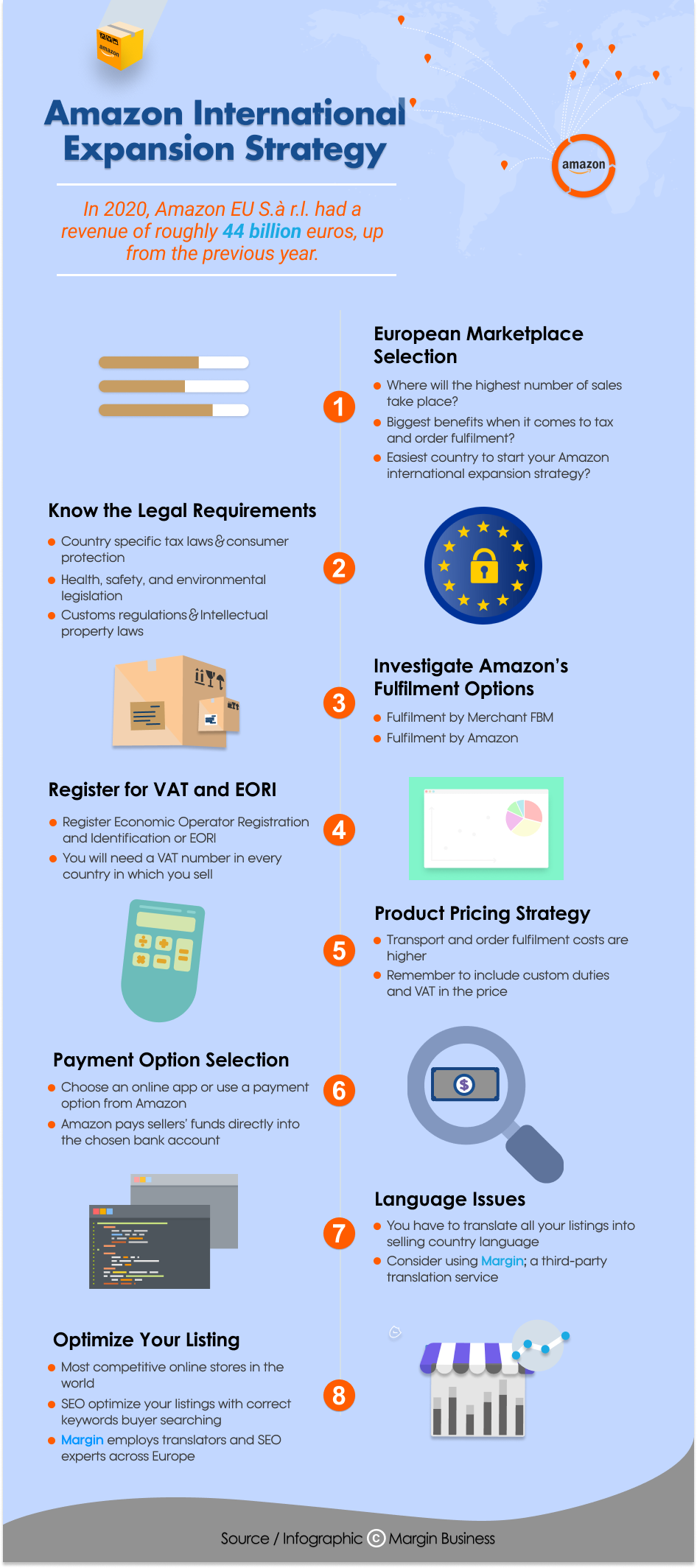
It isn’t easy to move into foreign markets. You will need the help of local experts to navigate the many difficulties of moving across borders. That’s why it’s good to have an Amazon international expansion strategy in place ahead of time.
Your Amazon International Expansion Strategy will take planning and preparation, but it will pay dividends. Grow your sales and income on Amazon Europe.
Do You Feel Like Your Amazon Business Is In A Rut?
You’re not alone. Many businesses find it difficult to scale on Amazon. That’s where we come in. We are a top-tier, turnkey, performance-based Amazon marketing agency that can help you take your business to the next level.
We have a proven 4-pillar process that helps businesses achieve higher sales, AOVs, ROIs, and other 3-letter acronyms. Let us show you how we can help you achieve the same success.

